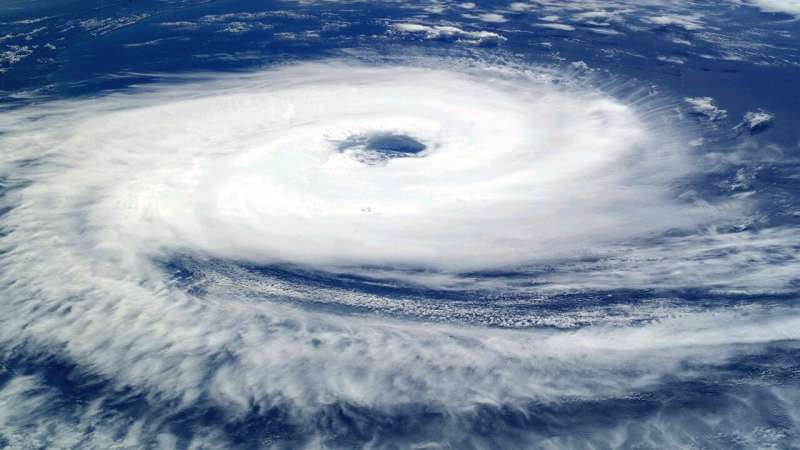
Studies have found that, across the world, extreme rainfall has become more common and intense due to climate change; there is a high degree of confidence that such is the case in the central part of the United States.
This occurs mainly because a warmer atmosphere can hold more water vapor—for every 1.8 degree Fahrenheit increase in temperature, the atmosphere can hold 7% more moisture. It’s evident in the Midwest, where experts say summers are becoming more humid, leading to severe storms and sticky, dangerous levels of heat.
Between 1895 and 2019, average precipitation in Illinois increased by 15%. Last year, eight of nine weather events that affected Illinois and cost billions of dollars were all severe storms.
While the total number of tropical cyclones, including hurricanes, per year hasn’t changed, weather attribution scientists have found that climate change has increased the number of the most intense and destructive tropical storms. This is because of increased atmospheric moisture and more intense rainfall, as well as warming oceans that create more powerful, rapidly intensifying hurricanes that carry more water.
Before Helene made landfall, Woods Placky said, ocean temperatures in the Gulf of Mexico were some 2 degrees hotter than normal—something climate change made 300- to 500-times more likely.
Heightened storm surges from rising sea levels, combined with reasonable speculation that cyclones are shifting away from the equator because of warming water, means that tropical cyclones might be able to reach locations historically less prepared for them. Even in areas used to hurricanes, quick intensification can significantly shorten reaction periods for emergency preparations.
As the air in the Midwest becomes more saturated with humidity, it brews stronger summer thunderstorms that can produce tornadoes. Observations also indicate tornadoes are happening more often during nontraditional tornado months as winters in the region become warmer and, according to new research led by a University of Illinois Chicago scientist, wetter.
After making landfall in early July, Hurricane Beryl prolifically produced tornadoes all the way north to upstate New York. According to Climate Central, Hurricane Beryl developed and intensified over warm waters. Those unusually warm temperatures were up to 400 times more likely due to human-caused climate change.
During thunderstorms on July 16, the National Weather Service in Chicago issued 16 tornado warnings, the most they’ve sent out on a single day since 2004. At that point in the year, Illinois had already experienced over 100 tornadoes, though the state typically averages 50 tornadoes annually.